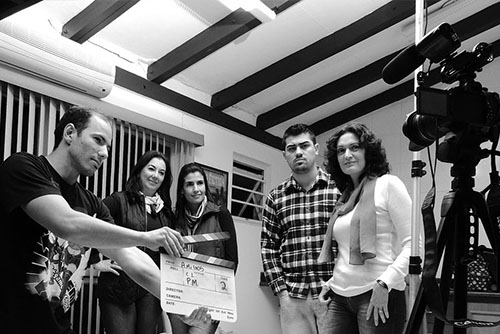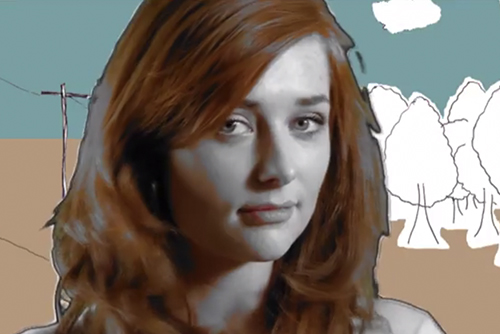We made our first feature film last year ‘Finding Fatima’ which was a drama documentary about the events in Fatima, Portugal in 1917. Once the film was made we then had the task of finding a distributor / distributors for it.
Here are some tips if you are looking to do the same.
1. Festivals – This can be a good way of introducing your film to a wide market that is full of people who are there to buy the rights to films. A few things that are worth considering are 1. decide on what festival you want to enter your film into, some have a disclaimer whereby you aren’t allowed to enter the film into any other festivals, they also have very strict guidelines with regards to entering the festival which is worth looking at before entering. Something else to look at is the type of film that you have made and which festivals would suit it. Is it a quirky indie film or a big budget looking blockbuster. There are a number of smaller festivals around the world which could also be good for your film and are often more tailored to the type of film that you have made. I should say that although these are often not the best places to find distributors, if you win awards or get critical acclaim it is a great way to help promote you film once you have a distributor, as you can add the ‘winner best ….’ title to your marketing, press release film cover.
2. Sending films to distributors – I’m going to take it for granted that you started a video production company that the film was made under, if you didn’t I would recommend creating one for sending screener copies of your film out to distributors. Now when you send the screener out one thing that I would recommend is to make it look good – If you can afford it have the DVD’s duplicated with labels on the disk in a DVD case with your proposed artwork on the cover. This way when the distributor receives the DVD they can see the exact product that they could acquire which will be a lot more exciting than a DVD in a plastic wallet with the film title scrawled on it. – When we sent the screener out we included a letter to each distributor, the DVD screener of the film and a CD-ROM that contained different pages linked, similar to a website, with the trailer on, short synopsis, film information (run length, main cast and crew, rights owned – 100% worldwide initially, and links to the films website.)
3. One thing that is important is to make sure that the film has a watermark (which can appear a few times during the playback) this just shows that it is a screener copy, I would also put a disclaimer at the beginning, explaining that it is a screener copy and not for re-sale etc..
4. Finding Distributors, when we were searching for distributors obviously the first thing that we did was go into Google and type ‘film distribution companies’. Which is fine and brings back a plethora of results. It is worth looking at films that are similar to yours and searching for their distributor, you can often get this from IMDB. There are also lists that you can buy and websites that contain external links to distributor websites. Once you have a full distributor list and you are ready to contact them, before you send your screener either phone or email the company and explain that you have just made a new film, include a short synopsis and links, and ask if you could have the name and address of the best person to send it too. – I would always recommend a phone call where you can and ask to speak to someone in new film acquisition.
5. Finally once you have a distributor interested in your film look at what they are offering, are they offering an advance and is that paid back out of your percentage or film revenue. Look at where your percentage comes from, is it from net or revenue, if net you need a breakdown of where the initial money will be spent and at what stage you will start receiving an income. Also speak to the distributor about what method they will take in the distribution of your film, cinema, local screenings, straight to DVD, will it be available for download or through film rental companies, will they eventually look for a TV deal. You will normally receive a different percentage for each of the above and these can be negotiated when signing the contract. Look at the territories that the distributor is offering, and if this would cause problems for other distributors – for example if they want all Portuguese speaking territories then this could stop you getting distribution in other countries, so offer them distribution rights for Portugal only, as there is one thing that you always want to be able to offer distributors and that is exclusivity for their proposed territory.
With Finding Fatima we now have distribution in N/America and Canada, UK and Ireland, exclusivity in Mexico and a sales agent in S/ America and France and Belgium. This is through 4 different distributors all on different deals and contracts.
http://youtu.be/35BshycPQKM
Best of luck with your film.



